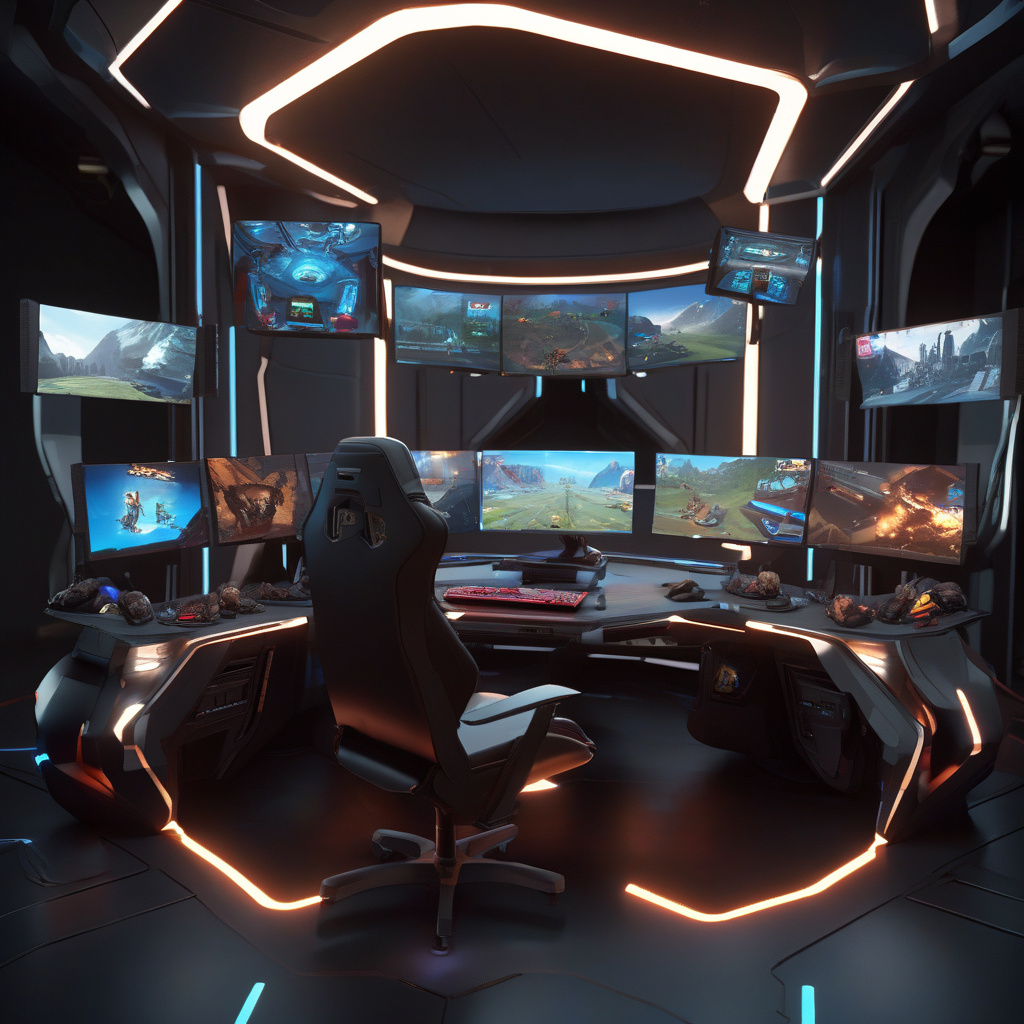Microsoft’s Innovation in 3D Gaming Experiences for Copilot
Microsoft is once again pushing the boundaries of technology with its latest endeavor: integrating 3D gaming experiences into Copilot, its AI-powered chatbot platform. This move marks a significant step forward in enhancing user engagement and immersion within the platform.
The recent job listing for a senior software engineer in Beijing, specializing in 3D rendering engines, signals Microsoft’s commitment to revolutionizing the way users interact with Copilot. By focusing on engines commonly used in web browser-based video games such as Babylon.js, three.js, and Unity, Microsoft is poised to deliver a seamless and visually stunning gaming experience.
Imagine being able to collaborate with Copilot in a virtual 3D environment, where tasks are not only completed efficiently but also in a way that is engaging and enjoyable. This integration of gaming elements into Copilot has the potential to redefine how users interact with AI assistants, making the experience more interactive and dynamic.
By leveraging 3D rendering technology, Microsoft is not only enhancing the visual appeal of Copilot but also opening up a world of possibilities for developers to create innovative and immersive experiences. This move aligns with the growing trend of incorporating gamification elements into various applications to increase user engagement and retention.
As Microsoft continues to explore new ways to enhance Copilot’s capabilities, this foray into 3D gaming experiences represents a promising development for both users and developers alike. It demonstrates Microsoft’s dedication to staying at the forefront of technological innovation and providing cutting-edge solutions to meet the evolving needs of its users.
In conclusion, Microsoft’s venture into 3D gaming experiences for Copilot showcases its commitment to pushing boundaries and exploring new frontiers in AI technology. By incorporating gaming elements into its chatbot platform, Microsoft is not only enhancing user engagement but also setting the stage for a more interactive and immersive AI experience. IT and development professionals should keep a close eye on these developments, as they have the potential to shape the future of AI-powered interactions.

